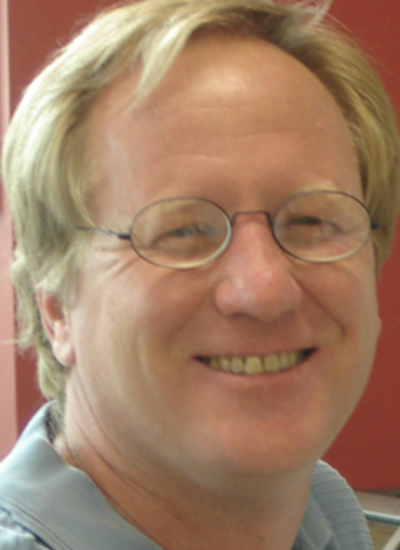Bentley A. Fane, PhD, is a Professor in the School of Plant Sciences, College of Agriculture and Life Sciences and holds a joint appointment in the Department of Immunobiology, Arizona College of Medicine. Dr. Fane has an international reputation for his research into virus structure, assembly and evolution. His research focuses on the viruses of the Microviridae, of which he is considered one of the leading experts. He has been instrumental in defining the biochemical and structural parameters that allow these viruses to replicate and produce progeny in as little as five minutes. The rapid lifecycle has facilitated in depth studies into how viruses evolved resistance mechanism to anti-viral proteins targeting particle assembly.He has published over 60 original research paper in leading scientific journals, including Nature, Molecular Cell, and Journal of Virology, in which his publications on the evolution of resistance mechanisms and kinetic traps have been selected by the journal editors as articles of “significant interest.” He is a frequent presenter at national and international meetings, and has been invited to State of the Art and plenary talks at give the American Society for Virology. He presently serves on the Editorial Boards of two leading virology journals: Virology and the Journal of Virology. At the University of Arizona, Dr. Fane has been actively involved in promoting undergraduate research has been honored with teaching awards on the department, college, and university levels. Keywords: Virus structure and assembly, Viral DNA translocation, Viral evolution


